Six panelists from the business of design and travel recently came together to debate the role of technology and design in the hospitality experience. We bring you highlights from that discussion.

April 27th, 2016
Top image: Ovolo Woolloomooloo, Sydney by Hassell
Without a doubt, technology is bringing a new paradigm to the hospitality experience. The business centre is now the lobby, where guests can gather, socialise and conduct business from mobile devices, while formal reception check-ins are eliminated in some cases in favour of in-room service. Simply put, technology is offering operators and designers the opportunity to enhance the travel experience.
Held at Hotel Vagabond recently, a panel discussion titled The future of the hospitality experience, through technology and design brought together six thought leaders to discuss the trends, opportunities and the role of technology within the hospitality industry. The speakers included Allan Yip, Vice President Marketing Distribution Brands, Artyzen Hospitality Group; Paul Semple, Principal, Hassell; Judith Davidson, Head of Marketing, HomeAway; James and Tamara Lohan, Founders of Mr & Mrs Smith Hotels; and Damion Breust, The Bleisure Traveller. The session was moderated by media personality and travel host Anita Kapoor.

From left: James and Tamara Lohan, Mr & Mrs Smith; Paul Semple, Hassell; Allan Yip, Artyzen Hospitality Group; Judith Davidson, HomeAway; and Damion Breust, The Bleisure Traveller
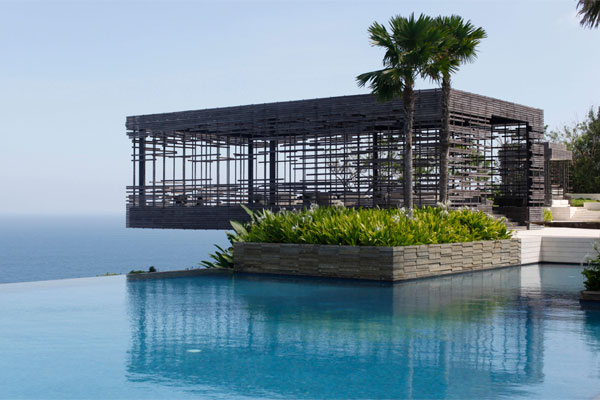
Alila Villas Uluwatu, part of the Mr & Mrs Smith Collection
A common thread running through the discussion was the idea of technology being ‘an enabler’ to a positive guest experience, and the importance of ‘the human connection’.
James Lohan of Mr & Mrs Smith said that too much focus is being spent on technology “giving us bells and whistles” whereas operators should be looking at how technology can be used to create a more comfortable and seamless guest experience.
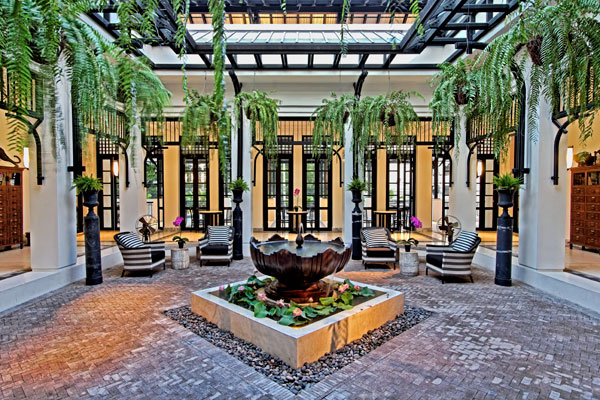
The Siam, Bangkok, part of the Mr & Mrs Smith Collection
Such a seamless experience was spelt out by Damion Breust of The Bleisure Traveller, who recounted his stay at The Upper House in Hong Kong, where guests enjoy a completely paperless and fuss-free check-in as well as personable service.
Allan Yip of Artyzen Hospitality Group said that there were two components that one had to think of when it came to incorporating technology into a space – first was the user experience, and the other was the user interface. “Humans behave in a very natural way; there are certain intrinsic behaviours in every one of us. You have to think, if I don’t put something like that in my own home, why would I want to put it in a hotel? So that’s part of the first thing we think about when we design a hotel. We go through the whole process of what we would do [when we enter a hotel room].”
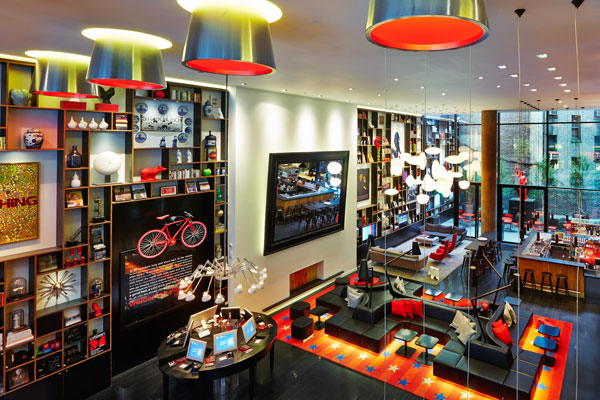
citizenM, New York, part of the Artyzen Hospitality Group
Another key start off point, Yip added, was to understand one’s target audience, and their functional, emotional, psychological and philosophical needs. “At citizenM [for example], we understand that our target audience is very mobile, very comfortable with going in and doing kiosk check-in by themselves. They do not feel that there is no service, this is what they want… and technology allows us to offer that service to this group of customers. We can still have that service connection throughout multiple touch points within the hotel.”

Ovolo Woolloomooloo, Sydney by Hassell
Paul Semple of Hassell said, “People’s perspective of how they use a room inside a hotel has changed, therefore what they expect out of a room has changed, and also what they are prepared to do in public spaces. Adapting to that level of expectation is very important.”
Despite technology forming a fundamental part of HomeAway’s business, Judith Davidson, its Head of Marketing said that the emotional connection the company makes with the traveller and the owners of the apartments listed on their platform are far more important. “The technology has to work, but it’s all about what the traveller wants and needs. For me the opportunity is in using technology to help the owners deliver their service to their guest.” She stressed that there’s a need for both the human and technological element. One cannot replace the other.
Hassell’s Paul Semple reiterated the importance of the human touch. Recounting a studio in Perth where guests can help themselves to drinks from the public bar area, he says, “It’s those human things that make a place successful.”
Tamara Lohan of Mr & Mrs Smith perhaps summed it up best. “Unless artificial intelligence gets so good that it’s like what movie directors can actually think about, we’re stuck with human. So humans are the best thing about [the hospitality] experience.”
INDESIGN is on instagram
Follow @indesignlive
A searchable and comprehensive guide for specifying leading products and their suppliers
Keep up to date with the latest and greatest from our industry BFF's!
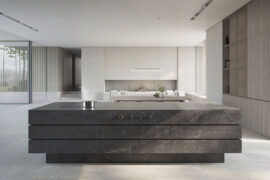
For those who appreciate form as much as function, Gaggenau’s latest induction innovation delivers sculpted precision and effortless flexibility, disappearing seamlessly into the surface when not in use.
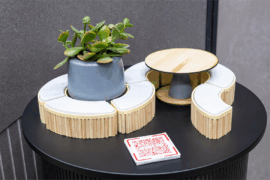
From the spark of an idea on the page to the launch of new pieces in a showroom is a journey every aspiring industrial and furnishing designer imagines making.

The undeniable thread connecting Herman Miller and Knoll’s design legacies across the decades now finds its profound physical embodiment at MillerKnoll’s new Design Yard Archives.

For Aidan Mawhinney, the secret ingredient to Living Edge’s success “comes down to people, product and place.” As the brand celebrates a significant 25-year milestone, it’s that commitment to authentic, sustainable design – and the people behind it all – that continues to anchor its legacy.
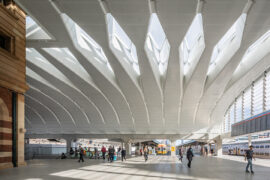
The Australian Institute of Architects has unveiled 43 projects representing the pinnacle of contemporary design, with winners addressing housing, climate and affordability crises through innovative solutions.

Community, Country and climate were centred at the 2025 Australian Institute of Landscape Architects (AILA) Awards in Lutruwita/Tasmania on 21st October.
The internet never sleeps! Here's the stuff you might have missed
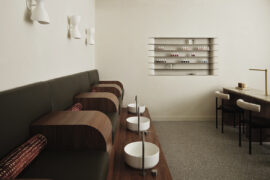
Tom Mark Henry refines a layered design legacy into a softly sculpted retreat in Redfern, where light, tactility and crafted detail define a new expression of restrained luxury.

Good looks count, but function completes the space.